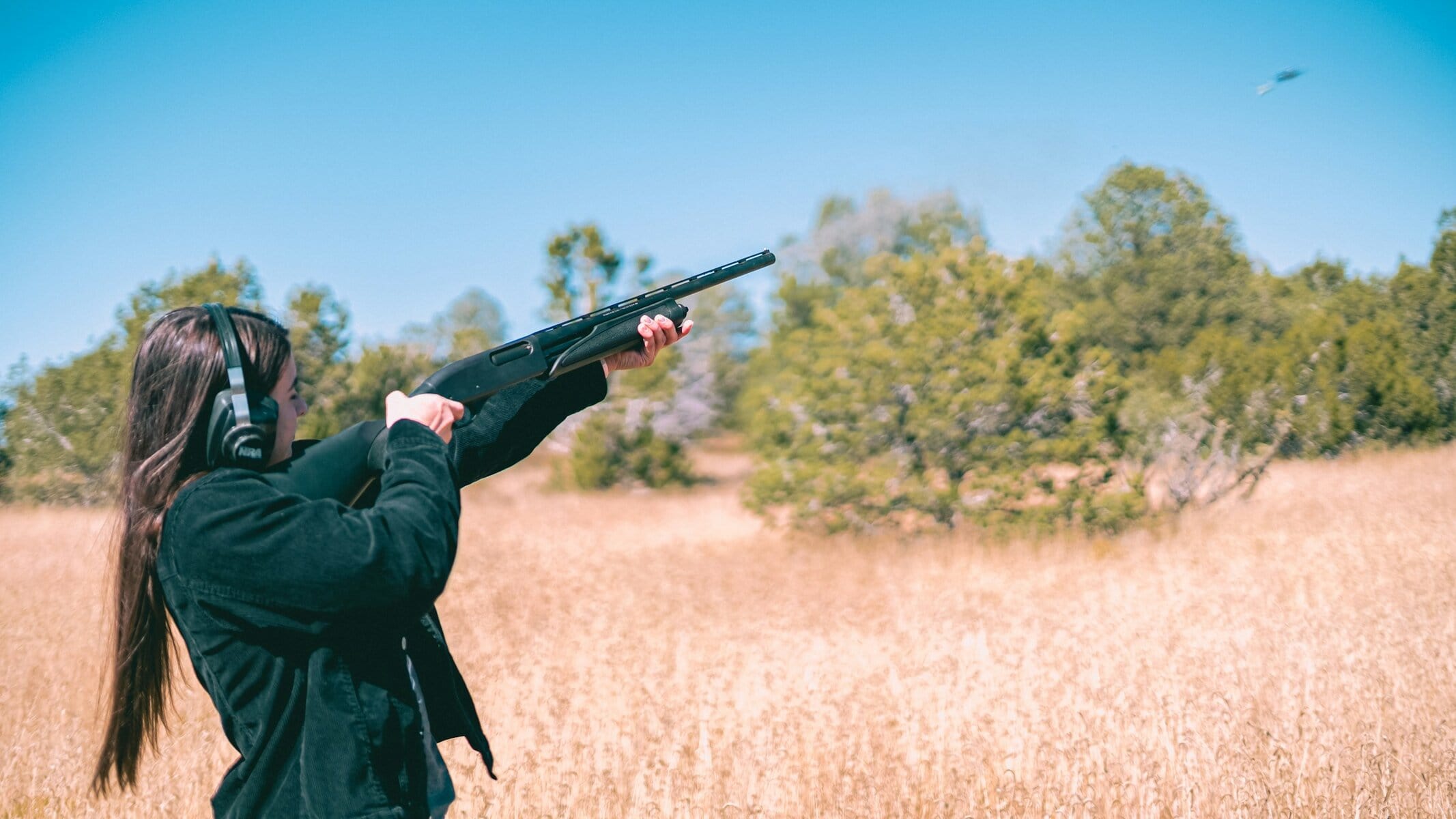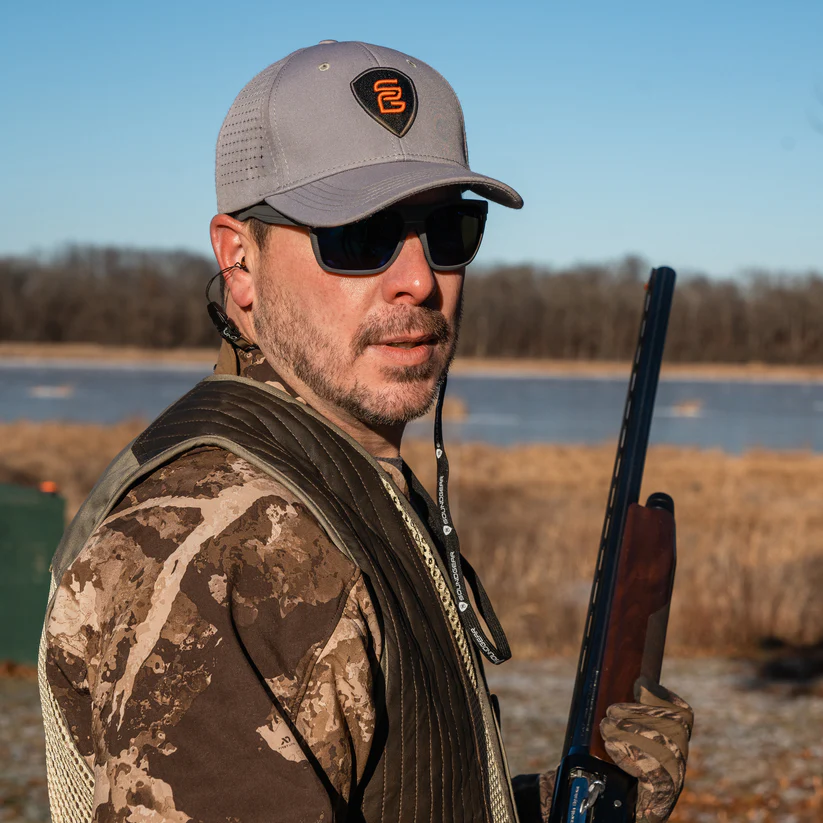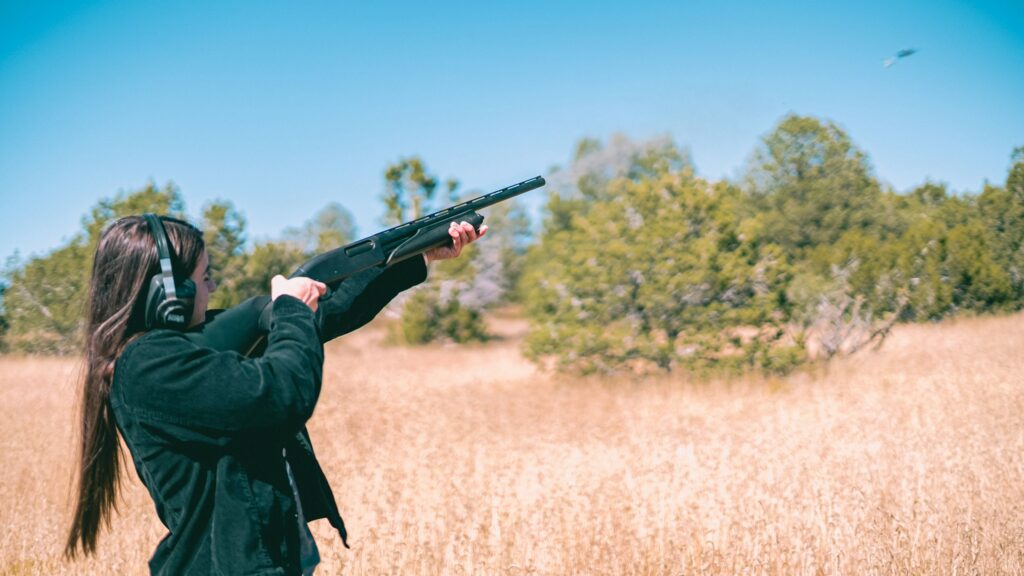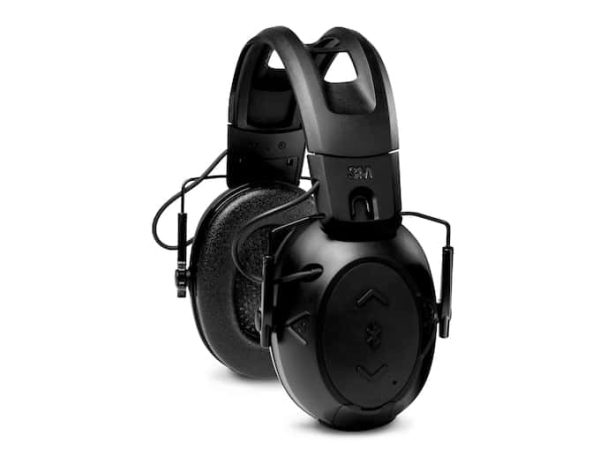- 800.525.2690
- [email protected]
- Mon - Fri: 8:00 - 4:30
Which Is Better? Wearing Ear Plugs vs Ear Muffs Shooting
Choosing between wearing ear plugs vs ear muffs shooting and wondering which is better? Find out when to use ear muffs or ear plugs, how to combine them for max protection while at the range, and what features to look for in electronic hearing protection for shooting.

Gunshots average between 140 to 160 dB, and even brief exposure can cause permanent hearing loss or tinnitus. That’s why proper ear protection is essential for every shooter. The debate over ear plugs vs ear muffs shooting is common, and understanding the differences can help you choose wisely. This guide explains how each option works, when to use them, and how to select the best electronic ear protection for your needs.
Read next: What Kind of Ear Protection For Shooting Is Right For You? ➔

How Ear Plugs Work
Passive Ear Plugs
Passive ear plugs, made from foam or silicone, are inserted into the ear canal where they expand to block noise. When properly inserted, they can reduce sound by up to 30 dB. However, incorrect insertion lowers effectiveness and reduces overall protection.
Electronic Ear Plugs
Electronic ear plugs are digital devices that amplify quiet sounds like speech or movement, while compressing loud sounds like gunfire. This allows shooters to stay aware of their surroundings without risking hearing damage.
They’re ideal for hunters, tactical shooters, and anyone needing situational awareness. Some added benefits of using these ear plugs are that most are rechargeable, offer a customizable fit, and are easy to carry.
Pros and Cons of Ear Plugs
Pros: Compact, affordable, and provide excellent hearing protection.
Cons: Must be properly fitted for full effectiveness, can be hard to insert correctly, and limit communication if using passive ear plugs.

How Ear Muffs Work
Passive Ear Muffs
Passive ear muffs use foam-filled ear cups to cover the entire ear, creating a tight seal that blocks out loud noise. They provide 25 to 30 dB of noise reduction and offer instant protection. Not only are they simple to use, but they are one-size-fits-most, meaning that they don’t require adjustments or custom fitting.
Electronic Ear Muffs
Electronic ear muffs amplify ambient sound while compressing loud sounds like gunfire. This makes them ideal for range use and training, with many models even offering 360° directional hearing and long battery life. These muffs are designed to protect hearing without shutting a user out from their environment completely.
Pros and Cons of Ear Muffs
Pros: Easy to use, do not require deep insertion, and provide consistent seal for effective noise reduction.
Cons: Bulky, can interfere with glasses by breaking the ear seal, may disrupt cheek weld when aiming a rifle, and are less portable due to their size.
-
Peltor™ – Tactical 500 Bluetooth® Electronic Ear Muff
$200.00Original price was: $200.00.$187.00Current price is: $187.00.
Ear Plugs vs Ear Muffs Shooting
Based on Shooting Environment
Indoor ranges: are louder, so use high-rated ear muffs or double up with plugs for maximum hearing protection.
Outdoor shooting: is less intense, so either option works as long as the fit is correct.
Based on Gear and Mobility
Ear plugs: work better with helmets, hats, or during active movement.
Ear muffs: work better for stationary shooting and are good for those who tend to misplace smaller items.
Based on Communication Needs
Electronic ear muffs and ear plugs: allow for clear communication.
Passive ear muffs: allow for some environmental awareness as they muffle all sound, including voices.
Passive ear plugs: do not allow for clear communication as they block all sound more completely, including voices.
Based on Budget
Passive ear plugs: are the most affordable option as they can often be bought in bulk. Are ideal for single-use or casual shooting.
Passive ear muffs: are slightly more expensive but offer durability and easy reuse without requiring a precise fit.
Electronic ear plugs: are more expensive, but offer compact portability, ambient sound amplification, and automatic noise compression for hearing protection.
Electronic ear muffs: are also more expensive, but offer advanced features like situational awareness, automatic noise compression, and long battery life all in a larger, over-ear design.
Combining Both Ear Plugs and Ear Muffs for Maximum Protection
Why Doubling Up Works
Wearing ear plugs and ear muffs together increases total noise reduction by several decibels. This combination is ideal for:
- Indoor ranges where sound is amplified by echo
- Shooting large caliber or magnum firearms
- Environments where maximum hearing protection is essential due to high-noise levels
Final Recommendation
So, what’s right for you? For casual outdoor shooting, it’s ok to use foam ear plugs or passive ear muffs. For frequent shooters who need extra environmental awareness, go with electronic ear protection.
No matter the choice, always prioritize fit, comfort, and a proper noise reduction rating.
FAQs
Are electronic ear muffs or plugs better for hunting?
Electronic ear plugs like the SHOTHUNT Series are more discreet and don’t interfere with your cheek weld or when shouldering a rifle. They’re a smart choice for hunters who need both mobility and environmental awareness.
Do I need both ear plugs and ear muffs at the same time?
Only in extremely loud environments like indoor shooting ranges or when using high-powered rifles. Doubling up offers extra protection.
What does “NRR” mean on hearing protection?
Noise Reduction Rating. The higher the number, the better the protection is against loud noise.
How do I know if my ear plugs fit correctly?
They should seal the ear canal fully and muffle sound significantly. If it still feels loud, the fit may be off.
Can glasses interfere with earmuffs?
Yes. The arms of your glasses can get in the way and break the earmuff’s seal around your ears, reducing effectiveness. Using gel ear cushions can help create a better seal around the glasses and maintain proper protection.
Which lasts longer, ear muffs or ear plugs?
Foam plugs are single-use and need replacing often. Passive muffs can last for a while with minimal upkeep. However, electronic ear plugs and electronic ear muffs are reusable, long-lasting, and built to withstand frequent use with proper care.
Are there Bluetooth electronic ear plugs?
Yes. Many electronic ear plugs now offer Bluetooth connectivity for added convenience.


